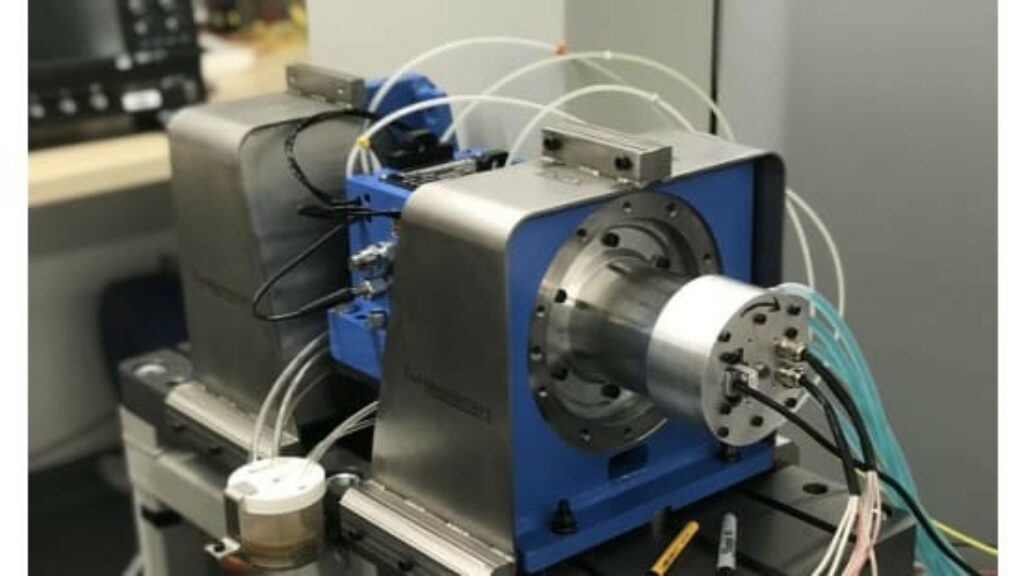New motor could extend range of electric vehicles
Richard Dinnen - Queensland Editor |

Engineers at the University of New South Wales (UNSW) say they’ve built a high-speed motor that could increase the range of electric vehicles.
Depending where and how you drive, electric cars on the market today can travel 300 to 500 kilometres on a single charge, significantly less than petrol cars.
But the new motor could significantly extend range, using a stronger version of existing technology to deliver a better power to weight ratio.
The new Interior Permanent Magnet Synchronous Motor (IPMSM) was developed by a team led by Rukmi Dutta and Guoyu Chu from the UNSW School of Electrical Engineering and Telecommunications.
Dr Chu said the motor’s power density potentially offers improved performance for electric vehicles, where weight is extremely important.
“One of the trends for electric vehicles is for them to have motors which rotate at higher speeds.
“Every EV manufacturer is trying to develop high-speed motors and the reason is that the nature of the law of physics then allows you to shrink the size of that machine.
“And with a smaller machine, it weighs less and consumes less energy and therefore that gives the vehicle a longer range.
“With this research project, we have tried to achieve the absolute maximum speed, and we have recorded over 100,000 revolutions per minute and the peak power density is around 7 kW per kilogram.
“For an electric vehicle motor, we would actually reduce the speed somewhat, but that also increases its power.
“If an electric vehicle manufacturer, like Tesla, wanted to use this motor then I believe it would only take around six to 12 months to modify it based on their specifications.”
The design of the prototype motor was inspired by the shape of the Gyopo rail bridge, the longest railroad bridge in South Korea.
It also draws on a compound-curve-based mechanical stress distribution technique.
IPMSM type motors have magnets embedded within their rotors to create strong torque for an extended speed range, but some have low mechanical strength due to thin iron bridges in their rotors, which limits their maximum speed.
This one is more robust and able to produce very high power density, reducing engine weight and increasing the vehicle’s range.
Dr Chu said the new motor also offers a significant cost advantage over existing technology.
“Most high-speed motors use a sleeve to strengthen the rotors and that sleeve is usually made of high-cost material such as titanium or carbon fibre.
“The sleeve is very expensive and also needs to be precisely fitted. That increases the manufacturing cost of the motor.
“Our rotors have very good mechanical robustness, so we don’t need that sleeve, which reduces the manufacturing cost.
“And we only use around 30% of rare earth materials, which includes a big reduction in the material cost, making our high-performance motors more environmentally friendly and affordable.”



